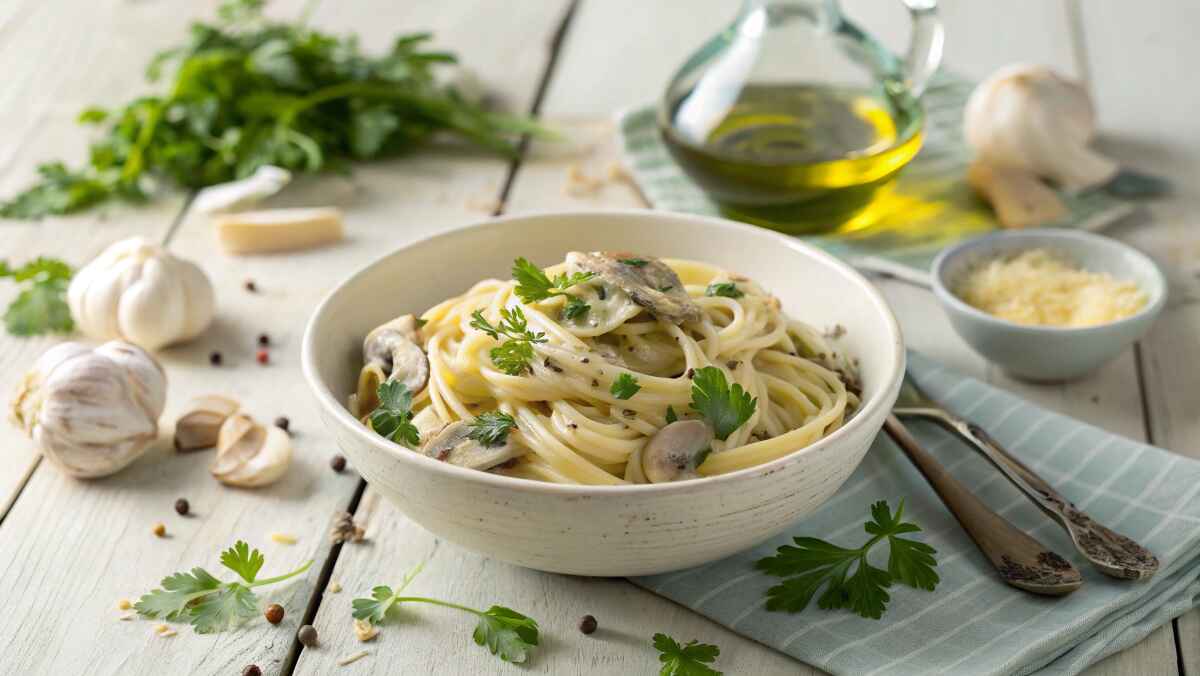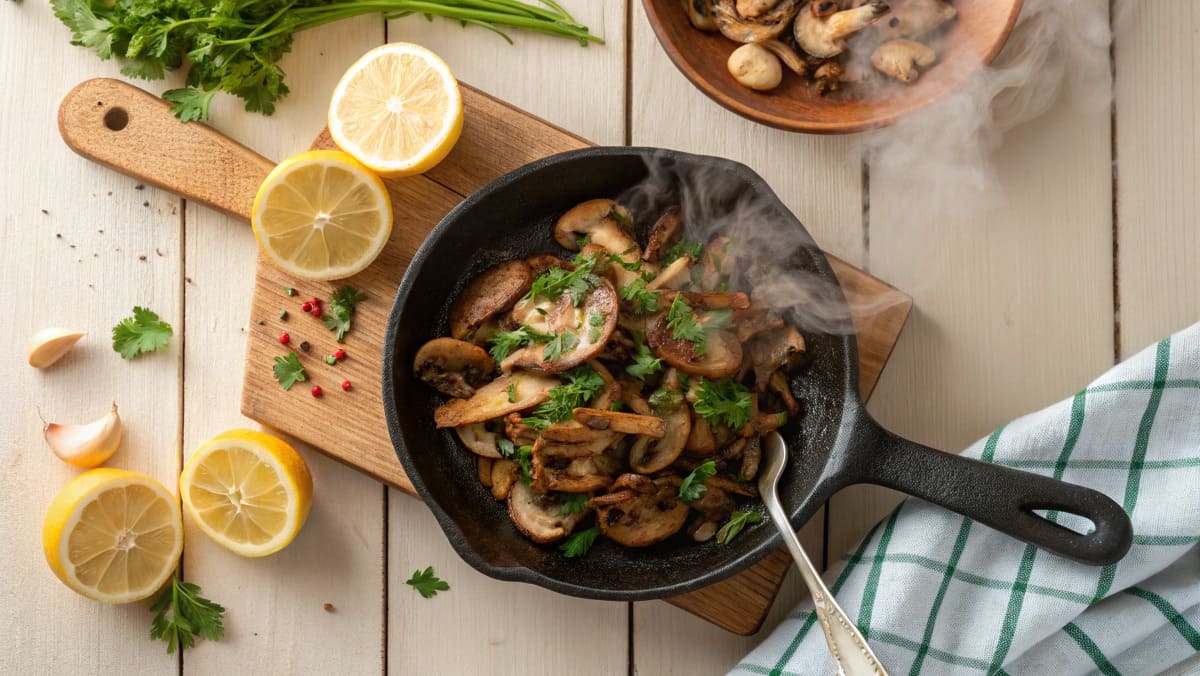This beautifully layered Japanese hotpot blends ease, style, and flavor into one dish. Known for its eye-catching presentation and comforting taste, this meal has become a staple for family gatherings and cozy dinners. With tender napa cabbage and thinly sliced meat stacked in intricate layers, this dish balances health and indulgence. Moreover, when simmered in a rich, aromatic broth, it captures the essence of Japanese cuisine: harmony, balance, and warmth.
Why This Layered Hotpot Stands Out
This dish is not just another hotpot; its uniqueness lies in its artistry and adaptability. For example, the careful layering of cabbage and meat creates a visual appeal that elevates the dining experience. Furthermore, it is versatile, allowing for vegetarian, seafood, or fusion options. This adaptability lets cooks customize the broth, protein, and garnishes to suit their preferences.
Additionally, this layered dish is a perfect choice for both beginners and experienced cooks. Its ingredients are simple to find, and the preparation process is straightforward. As a result, anyone can create this stunning recipe and impress their guests without needing advanced culinary skills.
Cultural Significance
The thousand-layer hotpot is more than just a meal; it is a reflection of Japanese communal dining and cultural values. Traditionally, hotpot dishes, or nabe, are enjoyed during the colder months, bringing family and friends together around a steaming, shared pot. This act of gathering and sharing food fosters connection, warmth, and togetherness, aligning with the deeply rooted Japanese concept of “wa” (和)—which signifies harmony, peace, and unity.
What sets this version of hotpot apart is its modern and artistic twist. While nabe has always been about simplicity and comfort, the thousand-layer presentation elevates it into a visually stunning dish. The meticulous layering process symbolizes the care, patience, and respect that Japanese cuisine places on ingredients and presentation. Each layer is deliberately arranged, reflecting the mindfulness and intentionality deeply embedded in Japanese culinary traditions.
Beyond aesthetics, this dish also embodies seasonality and balance, which are central to Japanese food philosophy. The ingredients are chosen not only for their flavors but also for their harmony with the season—a principle seen in traditional Japanese dining, from kaiseki cuisine to home-cooked meals.
Whether served during a New Year’s celebration, a special family gathering, or a quiet evening at home, the thousand-layer hotpot carries a sense of nostalgia and warmth. It transforms a simple meal into an immersive experience, reinforcing the idea that food is not just sustenance, but also a means of creating memories, bonds, and a sense of belonging.
A Modern Twist on Tradition
While traditional nabe dishes often consist of mixed vegetables and proteins cooked together in a broth, this layered hotpot introduces an element of culinary design. Its structured presentation emphasizes symmetry and aesthetics, making it both Instagram-worthy and appealing to younger generations. In addition, it encourages experimentation, allowing cooks to incorporate modern flavors or international influences.
For instance, some chefs use Thai-inspired tom yum broth for a spicy twist, while others add Italian herbs like rosemary for a unique fusion. Moreover, health-conscious cooks can create plant-based versions using tofu or tempeh, ensuring this hotpot remains relevant and accessible to all.
Key Ingredients in This Japanese Hotpot
This layered dish relies on fresh, high-quality ingredients to deliver its rich flavor and appeal. Here’s a breakdown of its core components:
1. Core Ingredients: Napa Cabbage and Thinly Sliced Meat
Napa Cabbage :

Napa cabbage, or Chinese cabbage, forms the foundation of this recipe. Its tender leaves absorb the broth’s flavors and add a mild sweetness to the dish. In particular, the combination of crisp outer leaves and delicate inner ones creates a delightful texture.
- Selection Tips: Choose a firm cabbage with no discoloration for the best results.
- Flavor Contribution: Its mild, slightly sweet taste balances the meat’s richness.
Thinly Sliced Meat

Thinly sliced pork or beef is traditionally used. Pork belly is a popular choice due to its marbled fat, which enhances the broth, while beef adds a robust flavor.
- Alternatives: Chicken, lamb, or plant-based proteins like tofu work just as well.
- Preparation Tip: Pre-sliced meat, often found in Asian markets, saves time and ensures uniformity.
2. The Broth: The Soul of the Dish
The broth is the heart of this hotpot, tying together the flavors of the cabbage and meat. It can be customized to suit your taste preferences.
- Popular Broth Varieties:
- Dashi Broth: Light and umami-rich, highlighting the ingredients’ natural flavors.
- Miso Broth: Adds savory depth and a creamy texture.
- Spicy Broth: Perfect for those who enjoy a kick of heat.
In addition, adding ingredients like garlic, ginger, or scallions enhances the broth’s aroma and taste.
Nutritional Insights
The thousand-layer hotpot is not just a feast for the senses but also a well-balanced, nutritious meal. Its combination of fresh vegetables, lean proteins, and a light broth makes it a wholesome choice for a variety of dietary needs.
Key Health Benefits:
- High in Fiber: The abundant use of cabbage provides a significant source of dietary fiber, which aids digestion, supports gut health, and promotes a feeling of fullness. Fiber also helps regulate blood sugar levels and contributes to a healthy microbiome.
- Rich in Protein: The thinly sliced meat, whether beef, pork, or chicken, supplies essential amino acids necessary for muscle growth, repair, and overall body function. Protein also plays a crucial role in maintaining satiety and energy levels.
- Low in Calories: Unlike cream-based or fried dishes, this hotpot relies on a clear, nutrient-rich broth, making it a low-calorie yet satisfying meal. This helps with weight management while still providing deep, comforting flavors.
- Packed with Vitamins & Minerals: Cabbage and other added vegetables, such as mushrooms and carrots, are excellent sources of vitamin C, vitamin K, and antioxidants, which support immune function, bone health, and reduce inflammation.
Adaptable to Various Dietary Needs:
One of the greatest strengths of this dish is its versatility, allowing it to be customized for different health preferences:
- Low-Sodium Option: Store-bought broths can be high in sodium, but making a homemade broth with fresh ingredients allows better control over salt levels, making it a heart-friendly choice.
- Gluten-Free Alternative: For those avoiding gluten, replacing regular soy sauce with tamari or a certified gluten-free soy sauce ensures the dish remains safe for celiac or gluten-sensitive individuals.
- Keto-Friendly Version: To align with a ketogenic diet, opt for high-fat protein cuts like pork belly or beef short ribs, and omit rice or starchy vegetables, keeping the focus on fats and proteins for sustained energy.
- Vegetarian or Vegan Adaptation: Swap out the meat for tofu, tempeh, or mushrooms to maintain a hearty texture while benefiting from plant-based protein and essential nutrients. A miso-based or kombu-dashi broth can enhance umami flavors without animal products.
Step-by-Step Preparation
1. Prepare the Ingredients
Trim the cabbage, separating the leaves. Then, layer slices of meat between the leaves, stacking until you have 4–6 layers.
2. Assemble the Pot
Cut the layered stacks into smaller sections and arrange them upright in a circular pattern in your pot. This arrangement ensures even cooking and a visually stunning presentation.
3. Add Broth and Cook
Pour your chosen broth into the pot until it covers about half of the layers. Next, simmer gently until the meat is fully cooked and the cabbage is tender.
Serving and Presentation Tips
For the best experience:
- Use a Wide Pot: This showcases the layered design beautifully.
- Serve Dipping Sauces: Offer options like ponzu or sesame sauce for customization.
- Add Garnishes: Fresh herbs or a sprinkle of shichimi togarashi enhance both flavor and presentation.
Expanded FAQs
6. How Do I Store Leftovers?
Store leftovers in an airtight container in the refrigerator for up to two days. Reheat gently to avoid overcooking the cabbage or meat.
7. Can This Dish Be Made Vegetarian?
Yes! Replace the meat with layers of tofu or mushrooms and use a kombu-based broth for a plant-based option.
8. What Are Creative Variations?
You can add seafood like prawns or scallops for a luxurious twist or experiment with spicy broths for added heat. Alternatively, try fusion versions with herbs or non-traditional vegetables.
9. Is It Suitable for Kids?
Absolutely! Use a mild broth and add vegetables kids enjoy, like carrots or corn, to make it family-friendly.
10. Can I Freeze It?
Freezing the dish is not recommended due to the high water content of cabbage. However, you can freeze the meat separately and assemble fresh layers when ready to cook.
Final Thoughts
The thousand-layer hotpot is more than just a dish—it is a harmonious blend of tradition, artistry, and nourishment. With its delicate layers of cabbage and meat, simmered gently in a flavorful broth, this meal embodies the essence of Japanese communal dining, where food is not just sustenance but a way to bring people together.
Whether you are preparing it for a festive gathering, a cozy family dinner, or simply indulging in a beautifully crafted meal for yourself, this hotpot never fails to impress. Its stunning presentation, with neatly arranged layers that resemble a blooming flower, makes it as much a visual delight as it is a comforting culinary experience.
What makes this dish truly special is its versatility. From different broth options—ranging from light dashi to rich miso or spicy kimchi—to dietary adaptations, such as gluten-free, keto-friendly, or vegetarian variations, it can be easily customized to suit anyone’s preferences. This flexibility ensures that it remains a beloved dish for generations, evolving to fit modern tastes while staying true to its cultural roots.
Beyond its flavors and aesthetics, this hotpot represents something deeper: the joy of shared meals, the warmth of home-cooked food, and the mindfulness embedded in Japanese cuisine. It encourages a moment of pause—to appreciate the care put into each layer, the aroma rising from the broth, and the company of those gathered around the table.
So, gather your ingredients, invite your loved ones, and experience the simple yet profound pleasure of cooking and sharing this timeless dish. Whether for a special occasion or an ordinary evening, the thousand-layer hotpot will always bring warmth, joy, and a touch of elegance to your table.





